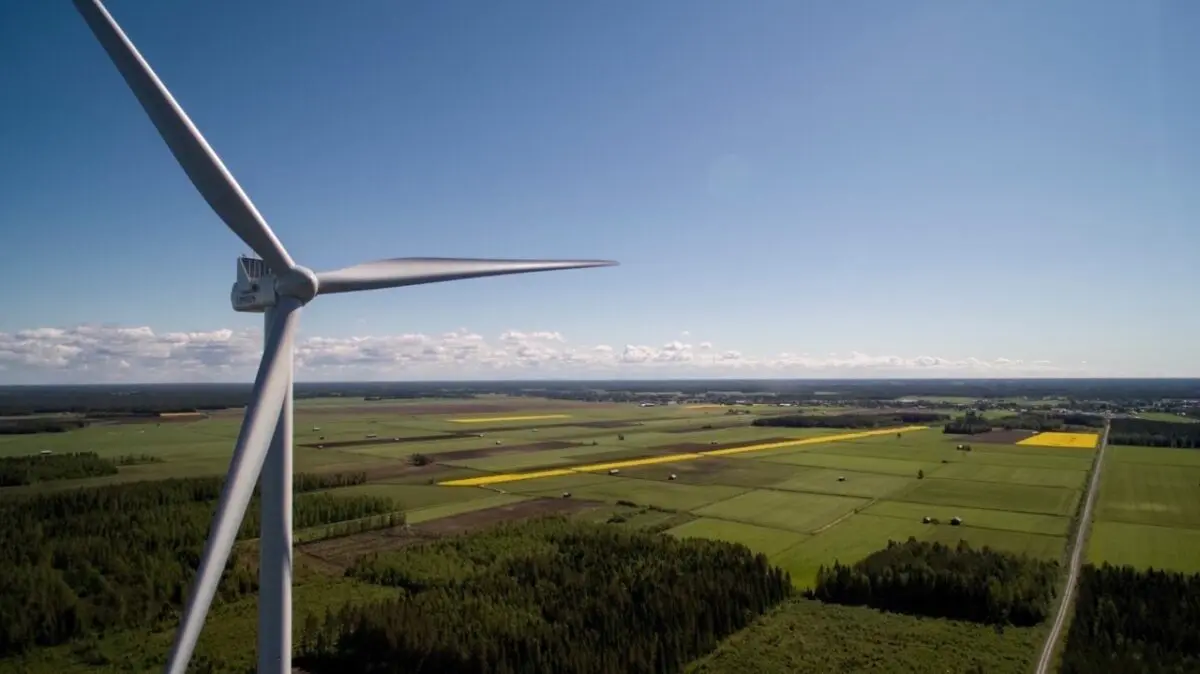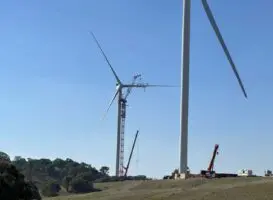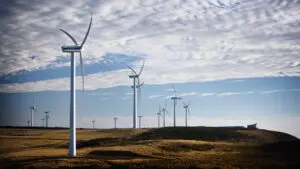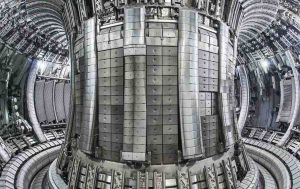The Australian Energy Market Operator has reported a significant increase in the capacity of new wind, solar and storage projects seeking a grid connection, with the total now exceeding 45 gigawatts for the first time.
AEMO’s latest connection scorecard and its Quarterly Energy Dynamics report for the September quarter says that the capacity of projects going through the connection process – from application to commissioning – has jumped by more than one third to 45.6 GW.
The biggest jump came in battery storage, which nearly doubled from the same period a year earlier to 14.7 GW, confirming that it remains the strongest part of Australia’s sometimes faltering green energy transition (the storage number for batteries varies from project to project and in some early development cases is not settled).
The numbers should not really be a surprise, given the huge number of project queuing for the federal government’s new flagship policy initiative, the Capacity Investment Mechanism, which is being finally rolled out at scale and is being fast-tracked to ensure that the still ambitious 82 per cent renewable target can be met by 2030.

The main grid is still a long way short of that number. According to AEMO, the share of renewables in the September quarter was 39.3 per cent, not much higher than the 38.9 per cent recorded in the same quarter a year ago.
However, non hydro renewable output (mostly wind and solar) jumped to 32.9 per cent from 30.3 per cent and the average output from wind and solar hit a new quarterly high of 5,504 MW, surpassing the previous record set in the December quarter last year by 336 MW.
Significant growth came from the actions of consumers, with rooftop PV output jumping 11 per cent to claim a 10.2 per cent share of total generation. Wind output also jumped 21 per cent to a record share of 16.3 per cent, although large scale solar output – limited by network upgrades and negative pricing events – actually fell to 5.9 per cent.
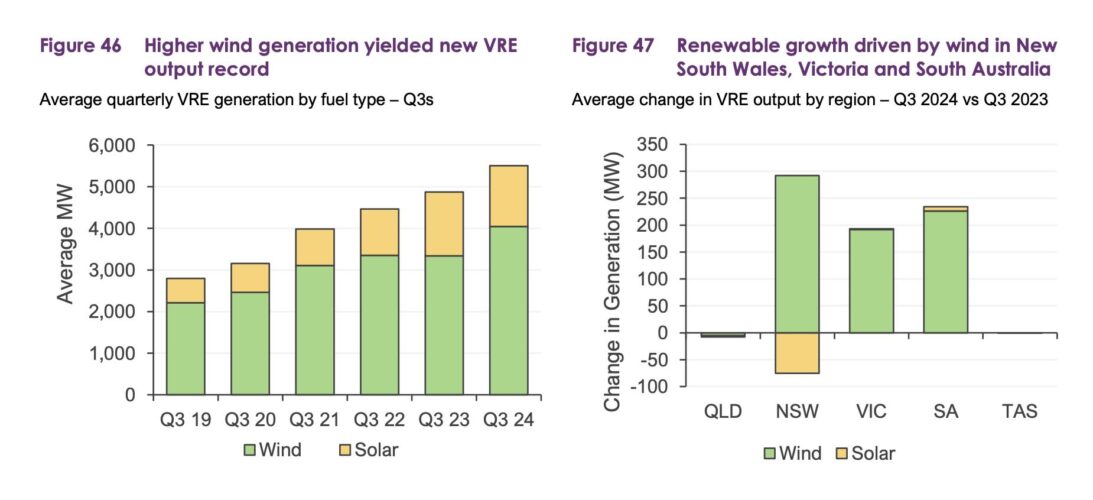
But there are signs that the rollout is gathering pace. Australia’s two biggest wind projects – at Golden Plains (1.33 GW) and Macintyre (923 MW) are working through their commissioning process. Some 2.6 GW of new generation reached application approval in the quarter, and 3.5 GW was registered and connected to the NEM, the main grid.
The AEMO report also underlines the rapidly changing dynamics of the grid, with a new peak of 72.2 per cent of renewables in a single half hour period (since bettered to 74.5 per cent on October 20), and the market operator already dealing with periods when renewables could – were it not for various constraints – meet 100 per cent of demand.
“AEMO is preparing the grid to run on 100% renewable generation at any one point in time, and this quarter saw total renewable generation available at over 100% of demand on two occasions,” AEMO head of Reform Delivery, Violette Mouchaileh, said in a statement.
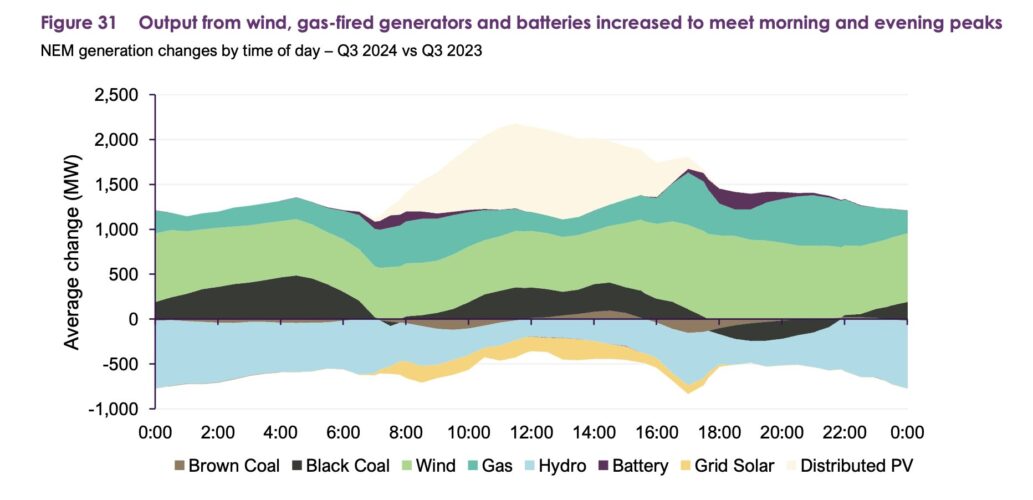
The most significant impact on the grid is the growth of rooftop solar, a major component when renewables penetration is reaching its peak, and which is forcing grid operating demand levels, and coal generation, down to record lows at times. But demand levels also hit new peaks in Queensland and Victoria due to cold weather.
Prices jumped in the September quarter, but as the Australian Energy Regulator noted in its own September quarter report issued earlier this month, this was largely distorted by the impact of extreme events, transmission failures and coal outages that gave the opportunity for legacy players to effectively the game the market.
Interestingly, the increase in sent out generation, and fossil fuels in particular, meant that emissions rose slightly in the September quarter. But emissions intensity, which includes the impact of rooftop PV, continued to fall – highlighting the fact that rooftop PV is not just reducing wholesale prices but also cutting emissions.
more to follow

